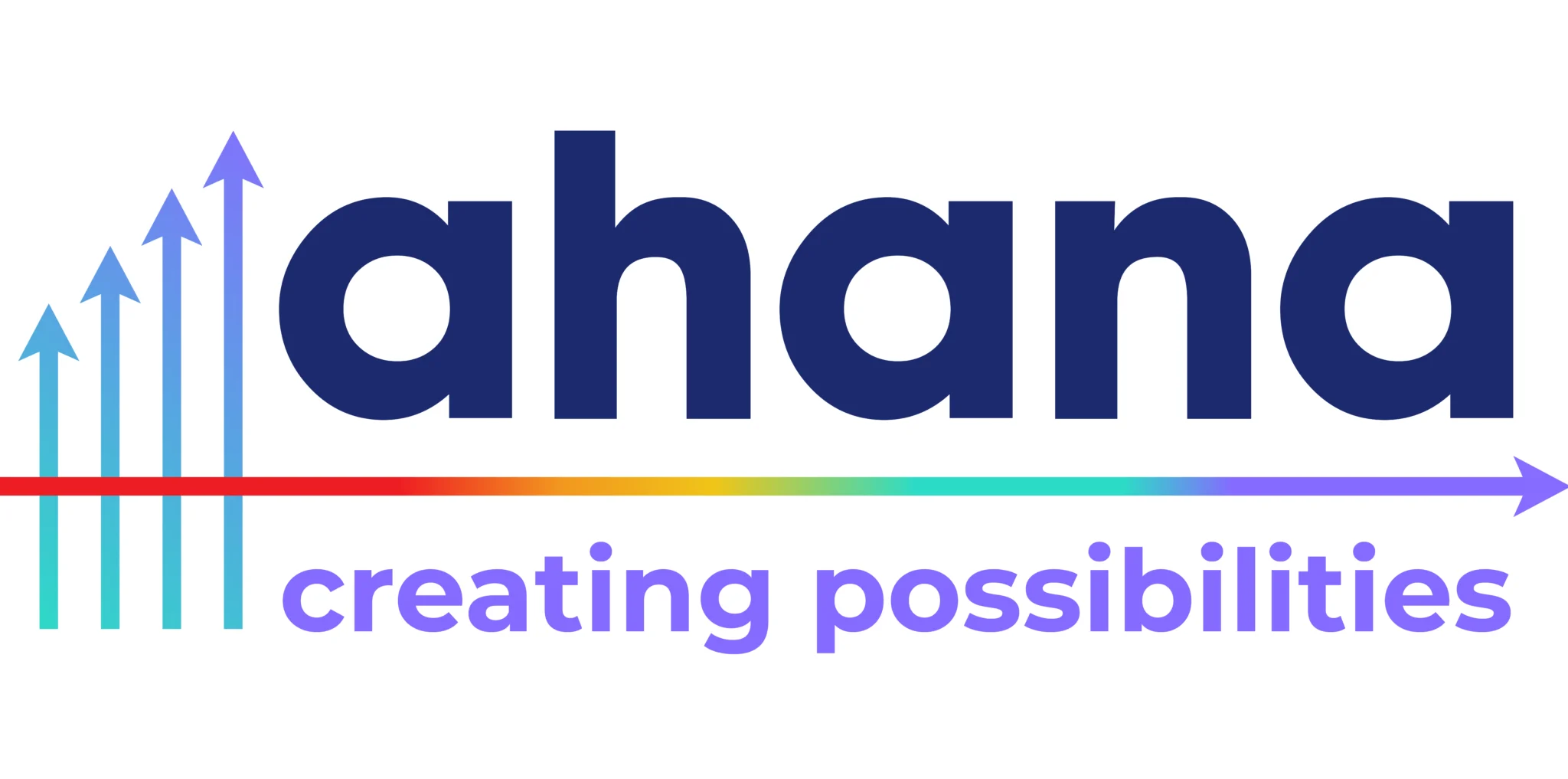Loan processing remains one of the most operationally intensive functions within financial institutions, involving complex workflows, extensive documentation, regulatory checks, and multi-step decision criteria. The financial services industry faces mounting pressure to accelerate loan approvals while maintaining accuracy and compliance standards. Financial institutions are increasingly turning to intelligent automation to transform their lending operations and meet evolving customer expectations in an era where speed, accuracy, and seamless digital experiences have become competitive differentiators.
This article explores how Intelligent Process Automation(IPA) can be strategically implemented to address these operational challenges, demonstrating practical approaches that deliver measurable improvements in processing speed, accuracy, and compliance adherence.
Current Challenges in Loan Processing
Manual loan processing involves repetitive, time-consuming tasks such as data entry from borrower applications, verification of financial records, credit checks, and compliance validation. Additionally, the growing sophistication of financial fraud requires advanced detection mechanisms to identify suspicious patterns and protect institutional assets.
These processes often introduce:
- Significant processing delays due to manual cross-checking and multi-system navigation
- Risk of data entry errors and inconsistencies across different documents and databases
- Compliance vulnerabilities caused by manual review of regulatory requirements
- Variability in throughput depending on workload peaks and operational staffing availability
- Fraud detection challenges require advanced pattern recognition
- Anti-Money Laundering (AML) compliance complexities with multiple watchlist screenings
For example, mortgage documentation frequently exceeds hundreds of pages, requiring meticulous review, which exacerbates error potential and delays.
Replacing Manual Steps: Why Automation Makes Sense
Key loan processing activities follow clearly defined rules and standard operating procedures that can be codified into automated workflows. Automation is particularly suitable for:
- Extracting and validating applicant data from multiple structured and unstructured sources using AI agents and advanced IDP (Intelligent Document Processing)
- Cross-referencing borrower credit history and financial reports against preset criteria with AI-powered risk assessment engines
- Performing regulatory checks such as Anti-Money Laundering (AML) verification and KYC compliance with real-time fraud detection capabilities.
- Handling exception cases through rule-based routing to human reviewers
The nature of these use cases allows RPA robots and intelligent automation to systematically execute repetitive tasks with consistent accuracy and superior processing speed compared to manual methods.
Key Components of Loan Processing Automation
1. Automated Data Capture
Modern Intelligent Document Processing (IDP) utilizes Optical Character Recognition (OCR) combined with machine learning to extract borrower information from application forms, bank statements, tax returns, and supporting documents. AI agents enhance this process by intelligently interpreting complex document structures and validating data consistency across multiple sources. This reduces manual entry errors and accelerates data availability for downstream processing.
2. Document Verification
AI-based algorithms review document authenticity and detect anomalies or inconsistencies by matching data points across multiple documents and external data sources. Advanced fraud detection capabilities utilize machine learning models to identify suspicious patterns, altered documents, and potential identity theft indicators. This step automates verification tasks that traditionally required manual scrutiny.
3. Credit and Risk Assessment
Integrated rule-based engines and machine learning models assess borrower creditworthiness efficiently. This process evaluates multiple data points, including credit bureau reports and transactional patterns, to apply consistent risk scoring and business logic validation. AI agents continuously monitor for AML risk indicators and suspicious financial behaviors throughout the assessment process.
4. Workflow Orchestration
The automated workflow orchestrates loan processing steps across systems, including application intake, data validation, risk scoring, exception handling, and final decision execution while minimizing manual intervention. The system ensures seamless handoff between automated and human processes when exceptions arise.
5. Compliance and Reporting
Automation includes comprehensive logging, audit trails, and regulatory reporting features to maintain compliance with financial industry standards. Automated data validation and rule enforcement reduce compliance risks inherent in manual processes.
Quality, Governance, Risk, and Compliance (QGRC) Framework
Intelligent automation in loan processing operates within a robust QGRC framework ensuring enterprise-grade security and regulatory compliance:
- Quality Assurance: Continuous monitoring and validation of automated processes with real-time quality metrics and performance dashboards
- Governance: Centralized policy management with role-based access controls and approval workflows for system changes
- Risk Management: Comprehensive risk assessment including operational, credit, and fraud risks with automated escalation procedures
- Compliance: Automated regulatory reporting, audit trail generation, and adherence to financial industry standards (SOX, PCI-DSS, GDPR)
Security measures include end-to-end encryption, secure API integrations, data masking for sensitive information, and continuous security monitoring to protect customer data and maintain regulatory compliance.
How Automation Operates Within Loan Workflows
In practical deployment, intelligent automation solutions:
- Ingest borrower application data directly from digital portals or scanned documents using AI agents for intelligent data extraction
- Extract and verify critical data fields instantly, updating loan records in real-time
- Conduct automated checks against credit bureaus and AML watchlists without delay with continuous fraud monitoring.
- Apply business rules for faster loan approval or denial decisions enhanced by AI-powered risk assessment
- Route exceptions and complex cases to specialized loan officers for review
- Automate generation of loan documents and final status notifications following approval
This design allows institutions to reduce manual bottlenecks and ensure timely processing aligned with regulatory requirements. Advanced fraud detection algorithms continuously monitor transactions and borrower behaviors, providing real-time alerts for suspicious activities.
Tangible Results and Practical Example of Intelligent Automation in Loan Processing
A prominent example includes a large financial institution where Ahana’s UiPath-based RPA solution processes 3,000 loan claims within 15 minutes, compared to three hours under manual processing. This represents a 92% reduction in processing time while eliminating human errors and backlogs.
The automation handles entire loan processing workflows, including application handling, credit and AML verification, business logic validations, exception management, and final decision updates, all with minimal human input required.
Considerations for Integrating Intelligent Automation
Successful implementation requires thorough process mapping to identify manual task bottlenecks suitable for automation. Ahana emphasizes scalable and flexible architecture to integrate with core banking, loan origination, and compliance systems through APIs.
Automation is designed to complement human expertise by routing exception cases appropriately and providing decision support tools. This hybrid model ensures operational control while maximizing efficiency. AI agents provide intelligent decision support by analyzing complex scenarios and recommending appropriate actions to human reviewers. Change management and employee training are integral to adoption, ensuring smooth transition and optimal use of automation capabilities. Comprehensive security protocols and QGRC compliance measures must be established to maintain data protection and regulatory adherence throughout the automation lifecycle.
Conclusion: Practical Takeaways for Loan Teams
The transformation of loan processing through intelligent automation represents a strategic imperative for financial institutions seeking to remain competitive in today’s fast-paced financial landscape. The evidence is compelling: banks using RPA have achieved up to 80% reduction in loan processing times according to McKinsey research, while maintaining higher accuracy standards and improved compliance posture.
Ahana’s Intelligent Process Automation provides precise, rule-based automation tailored to the complexities of loan processing. By integrating advanced fraud detection, AML compliance, and AI agents with comprehensive QGRC frameworks, institutions can reduce processing times significantly, improve data accuracy, maintain regulatory adherence, and focus human resources on high-value decision-making. The enhanced security protocols and continuous monitoring capabilities ensure that automation not only improves efficiency but also strengthens risk management and compliance posture.

